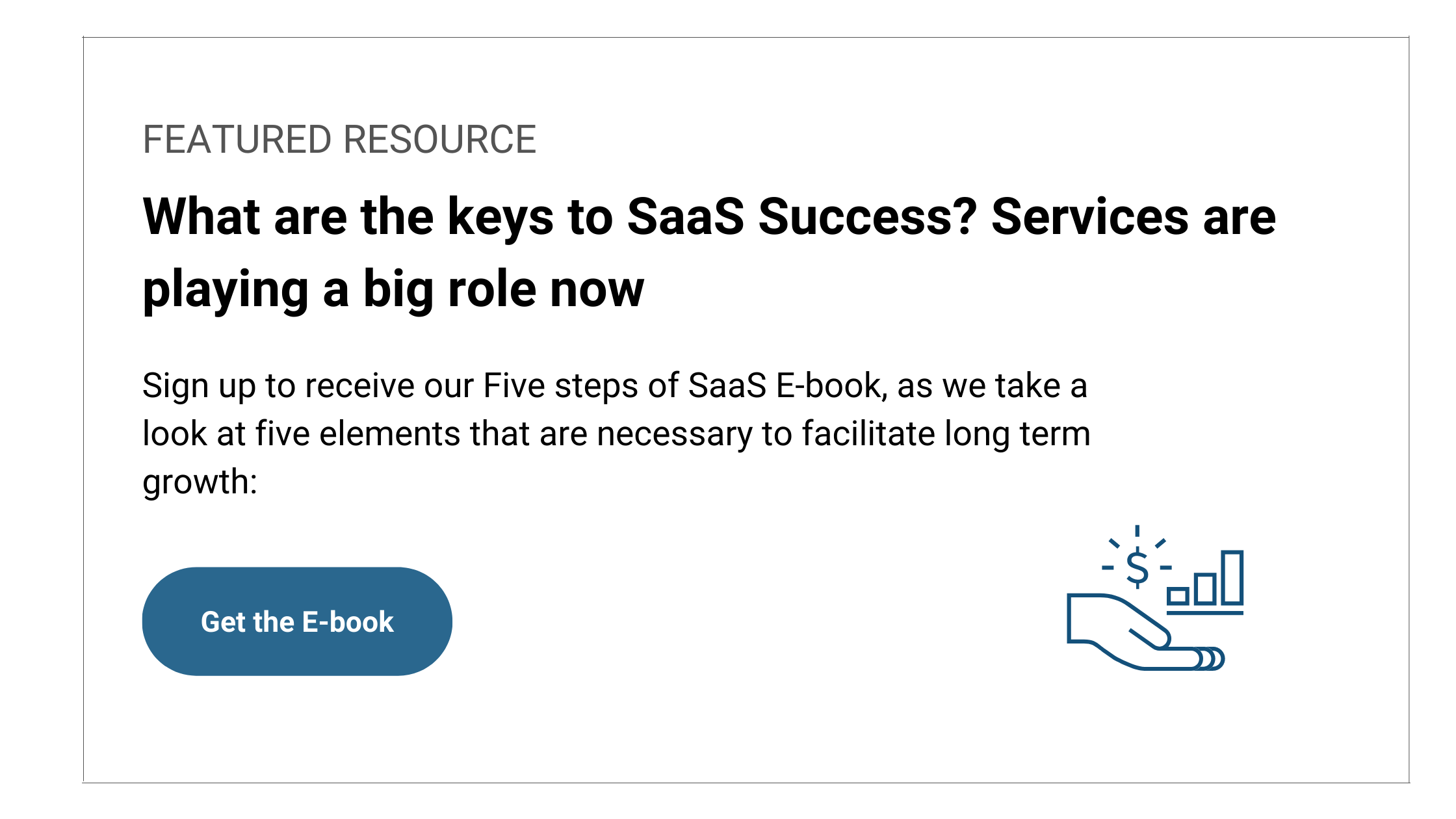How businesses can improve services for more revenue streams
In business, we're always looking for ways to monetize. All kinds of companies can look to improving their service offerings for increased revenue streams.

Money makes the world go round, and most (read: all) for-profit businesses are looking for the best ways to make as much as possible. Different models means some companies sell something incredibly special or unique that people are willing to pay a lot for. Some companies offer a lot of choice at lower price, and rely on a high volume of sales. But right in the middle we can find most companies - who may be really good at offering just a couple specific products or services at price points where customers feel the value is high.
When you fall into this middle category, it can be tough to determine how best to increase profitability without relying on huge new sales numbers, or increasing your price regularly. But here's how all types of businesses across industries can look to improving service offerings to create more opportunities and take advantage of different revenue streams.
People are willing to pay for more - and better - services
Customer experiences are at the forefront of reasons why people these days make a purchasing decision. That goes for all types of business - whether you're a manufacturing company, or a software provider. While it can be tricky to ensure your customer-forward mindset is executed in the right way, you can be motivated by the fact that focusing on customer service is just good for business. Period.
That's because people are willing to spend a little extra when they feel they're being taken care of, or they simply enjoy doing business with you. In fact in a recent survey, 86% of respondents said they'd be willing to pay more for a great customer experience.
It's because of this, many companies are betting big on CX, with the potential for incredible ROI. In fact, the Temkin Group found that companies that earn "$1 billion annually can expect to earn, on average, an additional $700 million within 3 years of investing in customer experience. For SaaS companies in particular, they can expect to increase revenue by $1 billion."
Digitalization makes providing services easier
When we think about "service," it's likely we think about traditional modes of delivery - retail, hospitality, phone-support, electrician, auto-mechanic types of service. But thanks to advancements in technology and digitalization across all industries, service as we know it is changing. This presents totally new modes of delivery and capabilities for all kinds of businesses when it comes to service.
As a SaaS company, your cloud-based platform or product may be your "bread and butter" but offering services alongside can make a big difference. And services come in many different forms. Think about consulting hours, resources, training, and education, automation and data reporting, integrations, and more. Each of these digital services present opportunities for you to delight your customers, but also make more money for your business when priced appropriately. Add-on services can also secure more recurring revenue, when existing customers subscribe to them.
IoT and hardware connectivity also means that just about every business can jump on the service trend. This presents huge opportunities even for traditional manufacturing companies who can completely change the business models to add subscription services for maintenance, recurring orders, and more.
In both cases, services may be one-off buy-ins from customers. But ideally, you are improving service offerings in such a way that they are actually upsell opportunities on current customers, and/or can entice new customers to subscribe at higher price points that incorporate more of your portfolio.
Improved services = happier, more loyal customers
Improving services within your portfolio of offerings isn't just a way to make a quick buck - it can lead to long-term customer loyalty. Of course one of the biggest assets of SaaS business and digital service delivery is the ability to accrue recurring, predictable revenue. But more options, and better customer experiences through improved services means customers have a greater incentive to establish long-term relationships with their providers (ie, you).
When customers invest in additional offerings like onboarding and trainings, more feature adoption, integrations, education, etc, they become more deeply ingrained with your brand as a whole, and can feel the added value. But, be sure to continually think about how you can support your customers, so that value is felt long-term.
As digital delivery makes access to products and services easier than ever, all types of companies can leverage new services as methods for increasing revenue streams. Look to where you can help your customers, provide better support, and in general offer them added value, and you'll find your recurring revenue increasing, right along with customer loyalty.
